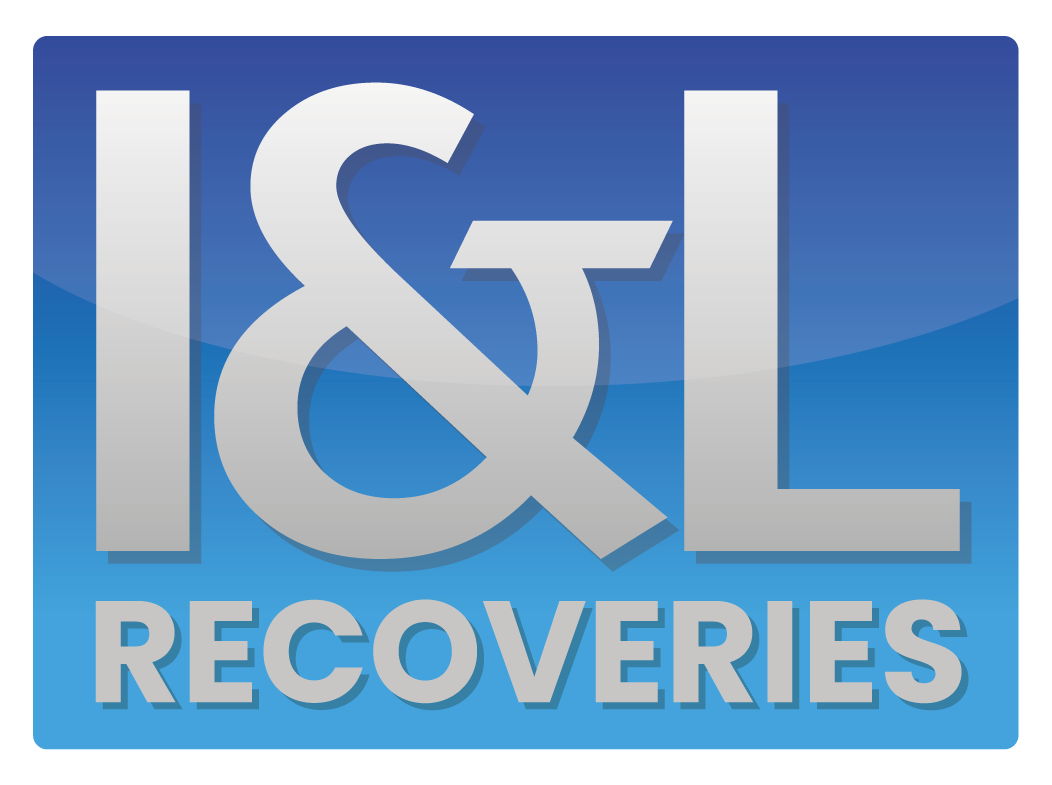Unleashing the Power of a Statutory Demand Letter

When it comes to recovering a debt, it’s not just about making demands. It’s about following the
right legal procedures to ensure your efforts are effective. That’s where the statutory demand letter
comes into play—an essential tool in the debt recovery arsenal that can pack a powerful punch.
Setting the Stage: The Letter Before Action
Before we delve into the statutory demand letter, let’s first explore the preliminary step: the letter
before action. Picture it as the opening act in the drama of debt recovery. This formal letter, also
known as a pre-action letter or a letter of demand, is sent from the lawyer of the prospective
claimant to the prospective defendant. Its purpose? To lay out a list of demands, such as payment of
the debt, while serving as a notice of impending legal action if those demands are not met within a
reasonable timeframe.
Why bother with a letter before action, you may ask? Well, not only is it a requirement under the
Civil Procedure Rules and Pre-Action Protocols, but it also sets the stage for a fair resolution. It gives
the other party an opportunity to respond, raise any disputes they may have, or simply comply with
the demands before matters escalate to the courtroom. Courts pay attention to these protocols, so
failure to comply may not bode well when it comes to granting directions or determining costs.
Crafting a Compelling Demand
Now, let’s dive into the heart of the matter—the statutory demand letter itself. This is no ordinary
piece of correspondence. It carries weight and demands attention.
But what makes a statutory demand letter so powerful? For starters, it’s a formal written demand,
meticulously prepared in a prescribed format. It’s a shot across the bow, signaling your intent and
insisting on payment within 21 days. However, it’s important to note that the statutory demand
letter should not be used as a mere debt recovery tool. Courts frown upon its misuse, so use it
wisely and judiciously.
Navigating the Terrain: Key Considerations
As you embark on the path of using statutory demands, there are a few key considerations to keep
in mind:
The Power of Choice: Serving a statutory demand letter doesn’t automatically mean you must commence
insolvency proceedings against the debtor. It grants you the power to decide how to proceed based
on the response—or lack thereof.
Securing Priorities: In the event of insolvency proceedings, secured creditors take the front seat,
with priority over those holding unsecured debts. It’s essential to understand where you stand in the
creditor hierarchy.
Thresholds and Totals: For individual debtors, the debt demanded must be an undisputed liquidated
sum of at least £5,000.
Seeking Professional Guidance: Navigating the nuances of statutory demands requires expertise.
Engaging professionals well-versed in the process can be a game-changer. They can ensure that the
statutory demand form is completed accurately, maximizing its impact and effectiveness.
Unleashing the Power of Debt Recovery
Harnessing the potential of a statutory demand letter can be a game-changer in debt recovery. It
offers a faster route compared to the letter before action and subsequent legal proceedings.
However, it’s essential to approach this tool with finesse and seek professional guidance to ensure
its proper utilisation.
